If you’ve been sleeping on your stomach, you might feel good — or you might wake up in the morning with lower back pain. You might also notice that your face is starting to look older and your shoulders are sore for some reason.
It’s not an inexplicable phenomenon. Even with the best mattress in the world, your sleep position can set you up for a rough morning, and stomach sleeping is notorious for causing aches and pains.
Below, we’ll cover what you need to know about how stomach sleeping affects your body. If you decide you need to make a few tweaks to your bedtime routine, we’ll also tell you how to adjust your sleep position for maximum comfort.
What Happens to Your Body When You Sleep on Your Stomach?
Simply put, stomach sleeping isn’t the best sleep position. As comfortable as it may be, it can have unintended consequences for the way you feel and even for the way you look. When you sleep on your stomach, you’re working against your body’s natural processes.
Stomach Sleeping Can Age Your Face
This is a consequence that many people don’t realize about sleeping on their stomach. When you sleep face down, you’re mushing your face into your pillow. This leads the skin to crease or fold. Over time, these creases or folds can become permanent, leading to the appearance of premature skin aging.
If you do sleep on your stomach or have a tendency to press your face against the pillow, choose a silk pillowcase. Silk creates the least amount of friction, and your skin is more likely to glide across the pillow than drag across it.
Wearing a moisturizer before bed can also help, especially if the moisturizer contains skin-healthy oils that leave it feeling a little slippery. Just be sure to wash your pillowcase regularly to remove residue.
Stomach Sleeping Puts Stress on Your Low Back
Your spine is supposed to remain aligned. The bones and soft tissue are perfectly arranged in a supportive row, just like the rungs on a ladder. If you were to bend or twist a ladder, would it still be as effective at helping you reach your destination?
When you sleep, you stay in one position for a long time. If you’re sleeping on your stomach, you’re compressing and flattening your torso and abdomen. This compression changes the alignment of your spine, causing the bones and tissue to poke a little further out than they normally would.
A night or two of sleeping on your stomach is unlikely to cause any issues, but you might notice long-term effects on your spine if it becomes a habit. Walking might become uncomfortable, and the strain on your low back might make you more prone to soreness, discomfort, or injury.
You Might Wake Up With Neck Pain
Your neck, head, and shoulders are designed to align perfectly with your spine. When you sleep on your stomach, you turn your head a little bit to keep your nostrils uncovered — which leaves your spine misaligned.
When you twist your neck and contort your upper body to give yourself some breathing room, you’re further contributing to the improper alignment of your spine. This can lead to neck problems, soreness, and discomfort. Even if your back feels fine when you wake up, you’re still likely to experience neck pain or shoulder pain.
Can You Sleep on Your Stomach While You’re Pregnant?
If you’re newly pregnant and still sleeping on your stomach, you’re probably fine. While you should always follow your doctor’s recommendations, it’s unlikely that sleeping on your stomach or rolling onto your stomach while you sleep will cause your baby any harm.
After the second trimester begins, though, the scenario changes significantly. At this point, it becomes bad to sleep on your stomach. Your growing baby increases strain on your body’s circulatory system and places pressure on your organs. When you lay on your stomach, you’re making it harder for your body to perform its functions as intended.
The same scenario occurs when you lay on your back. Gravity pulls the weight of your growing baby and the contents of your uterus downward, compressing your liver and obstructing important parts of your vascular system that are needed for healthy blood flow.
Most doctors recommend sleeping on your left side when you’re pregnant. The weight of the baby rests more on your mattress and leaves your organs and cardiovascular system unobstructed.
Are There Any Benefits to Sleeping on Your Stomach?
Stomach sleepers are far less likely to snore. When you sleep, your tongue relaxes. If it slips back into your throat, the obstruction it creates can lead to snoring. If you’re lying on your stomach, your tongue will slide forward rather than backward, which will keep you from snoring.
Outside of preventing snoring, sleeping on your stomach doesn’t have any advantages. The risks tend to outweigh the benefits, especially because sleeping on your side is just as likely to prevent snoring.
Overall, it's better to adopt a side sleeping position to promote proper spinal alignment and prevent muscle aches.
Should I Change My Sleep Posture?
If you’re currently sleeping on your stomach, you might want to reconsider your approach. It’s best to move off your stomach and into a position that provides your spine with the support it needs throughout the night.
Back Sleeping
It’s easiest to keep your spine aligned when you sleep on your back. Most standard pillows are designed to provide adequate neck support to back sleepers. If you can sleep well lying flat, it might be worth a shot.
Back sleeping might not be for everyone. If you snore, have obstructive sleep apnea, or experience heartburn or acid reflux when you lay down, back sleeping isn’t for you. Lying flat on your back allows your tongue to obstruct your airway (leading to snoring) and makes it easier for acid to rise in your throat (leading to heartburn and other digestive issues).
If you deal with any of these issues, the most comfortable sleep position for you is likely to be side sleeping.
Side Sleeping
Side sleeping has distinct advantages over both back sleeping and stomach sleeping, and most experts consider it to be the best position. When you sleep on your side in a relaxed fetal position, you’re less likely to snore or experience sleep apnea.
Lying on your left side reduces heartburn symptoms throughout the night. Left side sleeping is also the best option for pregnant women, as it takes stress and pressure off their internal organs and promotes circulation.
Right side sleeping is often more comfortable for people with cardiovascular health concerns. When you lay on your right side, it’s easier for your heart to pump effectively throughout the night. If you’re already under the care of a doctor for a heart condition, you should ask about changes to your sleep routine. Your doctor will be able to advise you on safe and comfortable sleeping positions.
How To Change Sleeping Positions
If you’ve been sleeping in the same position for years, it’s not going to be easy to suddenly switch. Your body is trained to doze off when you’re lying on your stomach. Other positions may not feel as comfortable because they’re contrary to what you’re used to. You’ll need some time to adjust.
There are a few important things to consider when you change your sleeping position. You’ll need to consider the time it will take your body to get used to the new position, the way your mattress supports your body, and the type of pillow you’re using.
Slowly Make the Switch
Your mostly-sleeping mind doesn’t care that you’re trying to get used to a new sleep position. If you wake up in the night or tiredly readjust yourself, you might naturally roll back onto your stomach.
You can reduce the chances of this happening by surrounding yourself with supportive pillows. This is particularly effective if you’re trying to learn to sleep on your side. Padding your body with body pillows to keep you in place will make it difficult to absentmindedly flip back over onto your stomach.
Pregnancy pillows can be especially helpful for everyone learning to sleep in a side position, even if they aren’t pregnant. Pregnancy pillows are designed to contour to the body and support it in a side sleeping position. They conform to the profile of your body and have long ends that can be used as knee support pillows to keep you in one place and support restful sleep.
Re-Evaluate Your Mattress
Stomach sleepers can generally sleep on any mattress. If you’re used to your belly providing you with a cushion, you wouldn’t notice if your mattress was a bit too firm. However, side sleepers tend to prefer medium-firm mattresses, and back sleepers like their mattresses a little softer.
If your mattress is significantly less than ten years old and still in great condition, you probably don’t need to replace it. A mattress pad is a great solution, and it’s far less expensive.
Choose a mattress pad that will be as firm (or as soft) as you need it to be. Many people prefer memory foam mattress toppers because they naturally contour to the body for a good night’s rest.
Swap Your Pillow
When you transition into side sleeping, be sure to choose a pillow designed to support your head and neck. It might also help to stick a pillow between your knees to keep your spine aligned throughout the night.
Back sleepers need pillows that are full enough to cushion the area between the head and the neck. Side sleepers have a much larger space to fill, since they need to cushion the empty space between their shoulder and their neck. You’ll want to consider that when shopping for a pillow.
Oftentimes, pillows will be labeled for their intended purposes. Back sleeping pillows and side sleeping pillows are often marketed as such. Choosing a pillow that was designed with a particular sleeping position in mind makes the selection process much easier.
Maintaining Your Comfortable Position
When you sleep on your stomach, you probably feel a little compressed. This might be comforting to you. Many people find that the sensation of gentle pressure, like a firm hug, makes them feel comfortable and relaxed. That’s where the Hug Sleep Pod comes in handy.
The Hug Sleep Pod is a breathable, lightweight cocoon that you crawl into at bedtime. Once you’re comfortable in your preferred sleeping position, the pod provides gentle four-way compression on your whole body. As you settle into your new side sleeping position, the pod will make you feel cozy and secure.
What If I Can Only Sleep on My Stomach?
You should give other sleeping positions an honest try. If they really don’t work for you, then at least adjust your sleeping environment for optimal stomach sleeping conditions. Stomach sleepers do better with a firm mattress and might not need a pillow at all.
If you do choose to use a pillow, pick a thin pillow. You don’t want to elevate your head and neck too far above your spine. And when you wake up in the morning, consider gentle yoga or some type of stretching to promote proper alignment of your spine.
Remember, waking up with aches and pains is a sign that you need to change your sleeping position. If you wake sore, stretching won’t fix the problem. It’s best used as a preventative measure for stomach sleepers who don’t wake up with discomfort.
Ready to ease your way into side sleeping? Consider some body pillows and a Hug Sleep Pod to support you in this beneficial switch.
Sources:
Does Sleeping on Your Stomach or Side Really Cause Wrinkles? | Allure
Posture & Body Mechanics | Mayfield Brain and Spine Clinic
Sleeping Positions During Pregnancy | Stanford Children's Health
The Sleeping Positions for Sleep Apnea Patients | Oklahoma Otolaryngology Associates
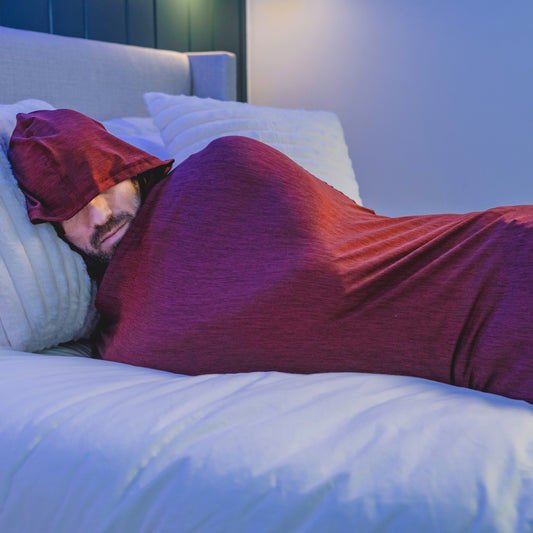

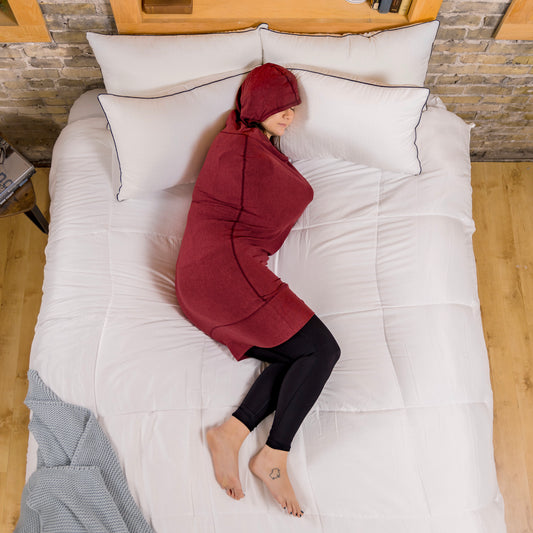
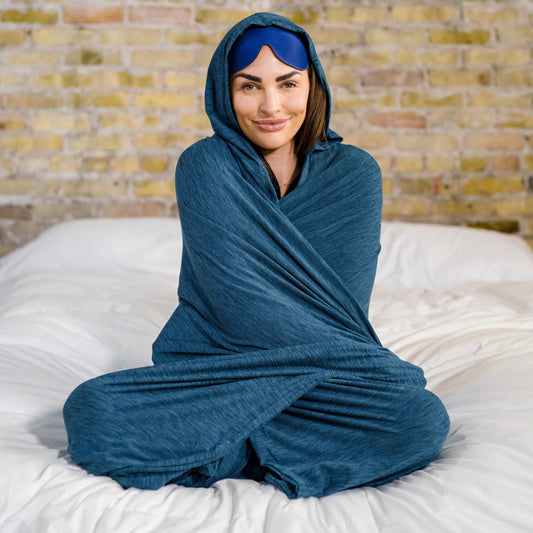

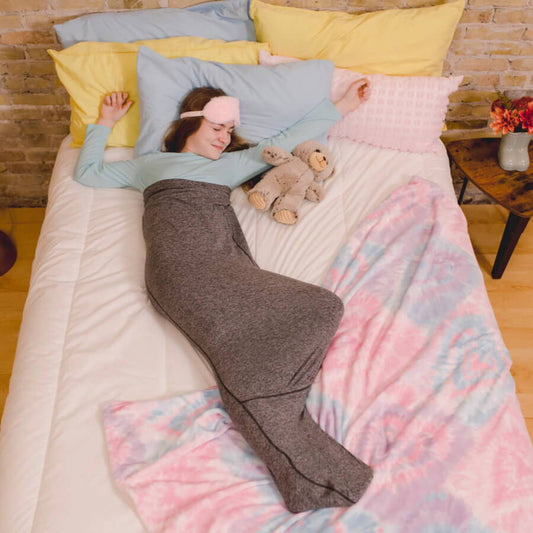

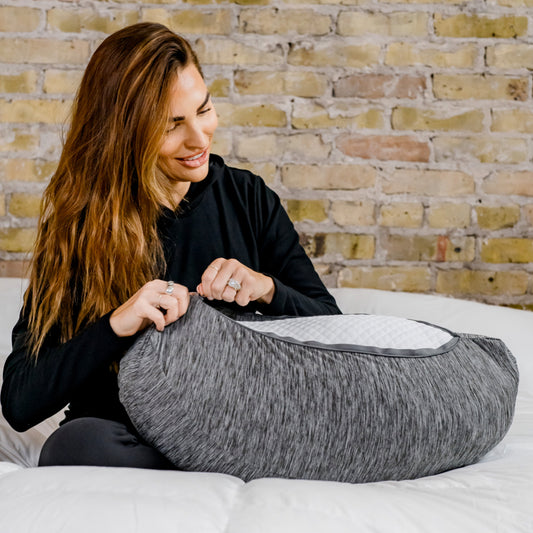
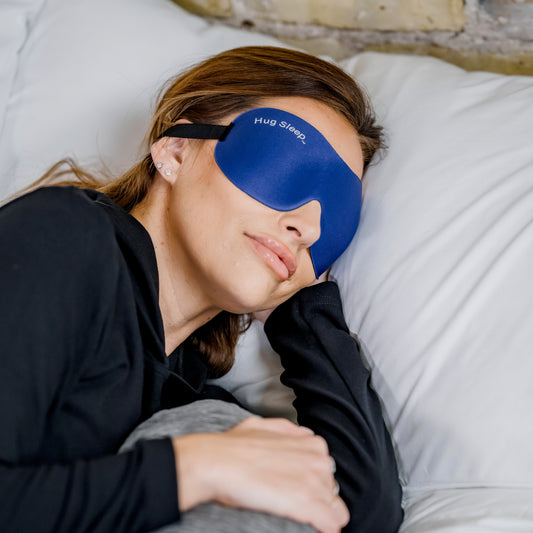








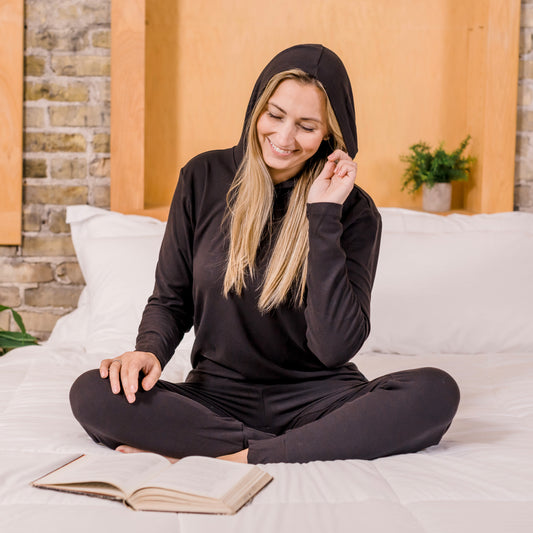

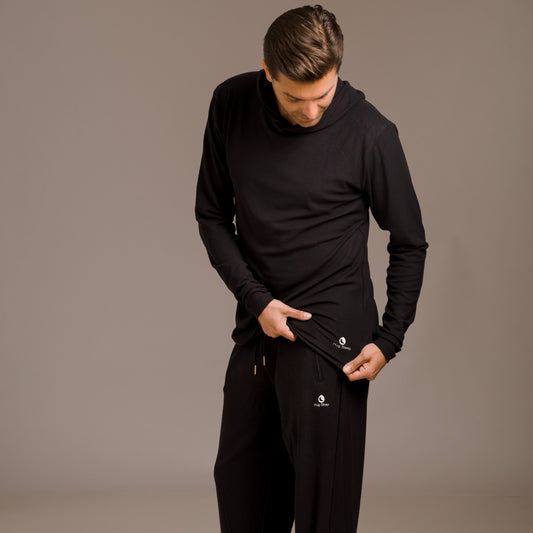
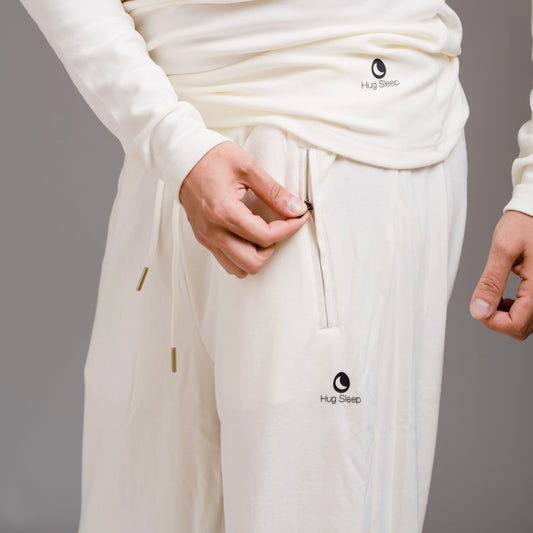












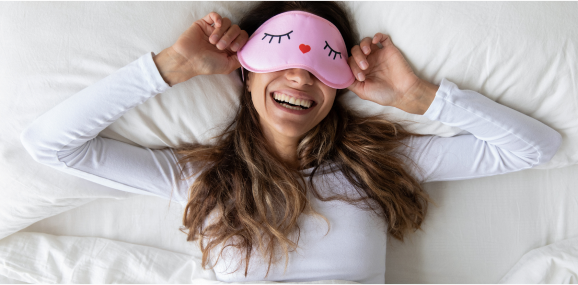
400,000+ happy customers